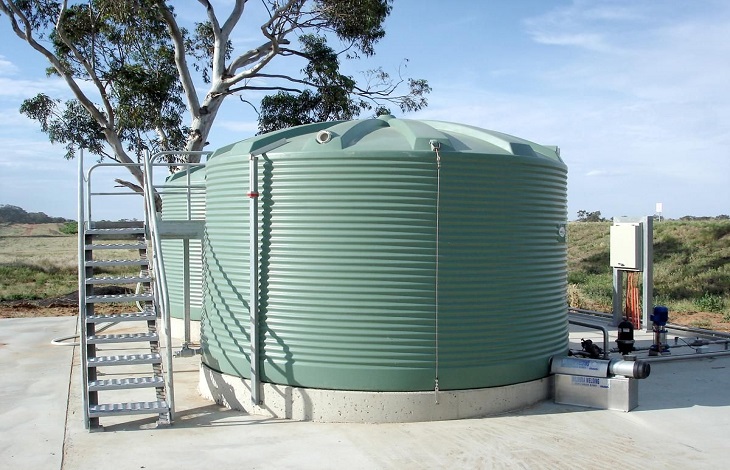Benefits of Installing a Rainwater Tank

Water is a crucial resource – without it, no living organism can survive. As such, it makes sense to harvest it wherever you can, which is why people invest in rainwater tanks.
Let’s look at some of the benefits of installing a rainwater tank on your premises.
Lower Utility Bills
Besides electricity and natural gas, many homeowners spend a substantial amount of their income on water. If you’re among them, installing a rainwater tank can help you reduce your expenses. This is because the water collected in these tanks is free. Moreover, you can store it for later use, something that doesn’t apply to tapped water.
Based on the size of the tank you have and your area’s climate, rainwater tanks can complement your existing water supply or replace it entirely.
A Source of ‘Clean’ Water
Unfortunately, some water companies supply hard water to their clients. While it’s usable, hard water forms scum on your pipes and other fixtures, hindering the flow of water. This type of water also wastes soap because it takes time to form lather.
On the other hand, rainwater is cleaner than tap water. This is because it’s natural, meaning that it rarely comes into contact with artificial contaminants. The only instances where rainwater might be harmful is in highly industrialised areas that experience acid rain.
Rainwater is Versatile
You can use rainwater for bathing, cleaning, gardening or in your swimming pool. If you boil or treat it, you can use it for cooking and drinking. Such is the versatility of rainwater, and given that you can use as much of it as you want, it’s a valuable resource. Even if it runs out, you only have to wait for the next rain season.
Reduced Groundwater Consumption
In areas where tap water isn’t accessible, people rely on underground water sources such as boreholes and wells. These are expensive to drill and maintain, and using them drains nature’s supply of water. By installing a rainwater tank, you save the money you would have otherwise used in drilling groundwater while conserving nature’s supply.
Reduced Erosion and Flooding
Another way through which rainwater tanks conserve the environment is by lowering the risk of erosion and flooding. The excess (runoff) carries away the topsoil when it rains heavily because the soil can’t absorb more water. If the rain persists, the risk of flooding increases.
Rainwater tanks divert the water that would have otherwise been runoff and eventually flood. If you live in flood-prone regions investing in this equipment is a viable way of controlling such disasters.
Better Control on Water Supply
Once you install a rainwater tank, the only thing you’ll need to do is clean it. Overall, it requires little to zero maintenance. As a result, you can collect and control the amount of water you use. What’s more, this is a renewable source of water.
Wrapping Up
It doesn’t matter whether you reside in an area with a reliable water supply or not. It’s advisable to invest in a rainwater tank because you can never have enough of this vital resource. Having a water tank reduces your bills and provides an alternative whenever there’s no water supply.
No matter the type of tank you choose to install, ensure that you keep it clean. This is vital to keeping your family healthy.
Read Also:
HOW TO MAINTAIN YOUR UNDERGROUND RAINWATER TANK
The Importance of Water Tank Maintenance





